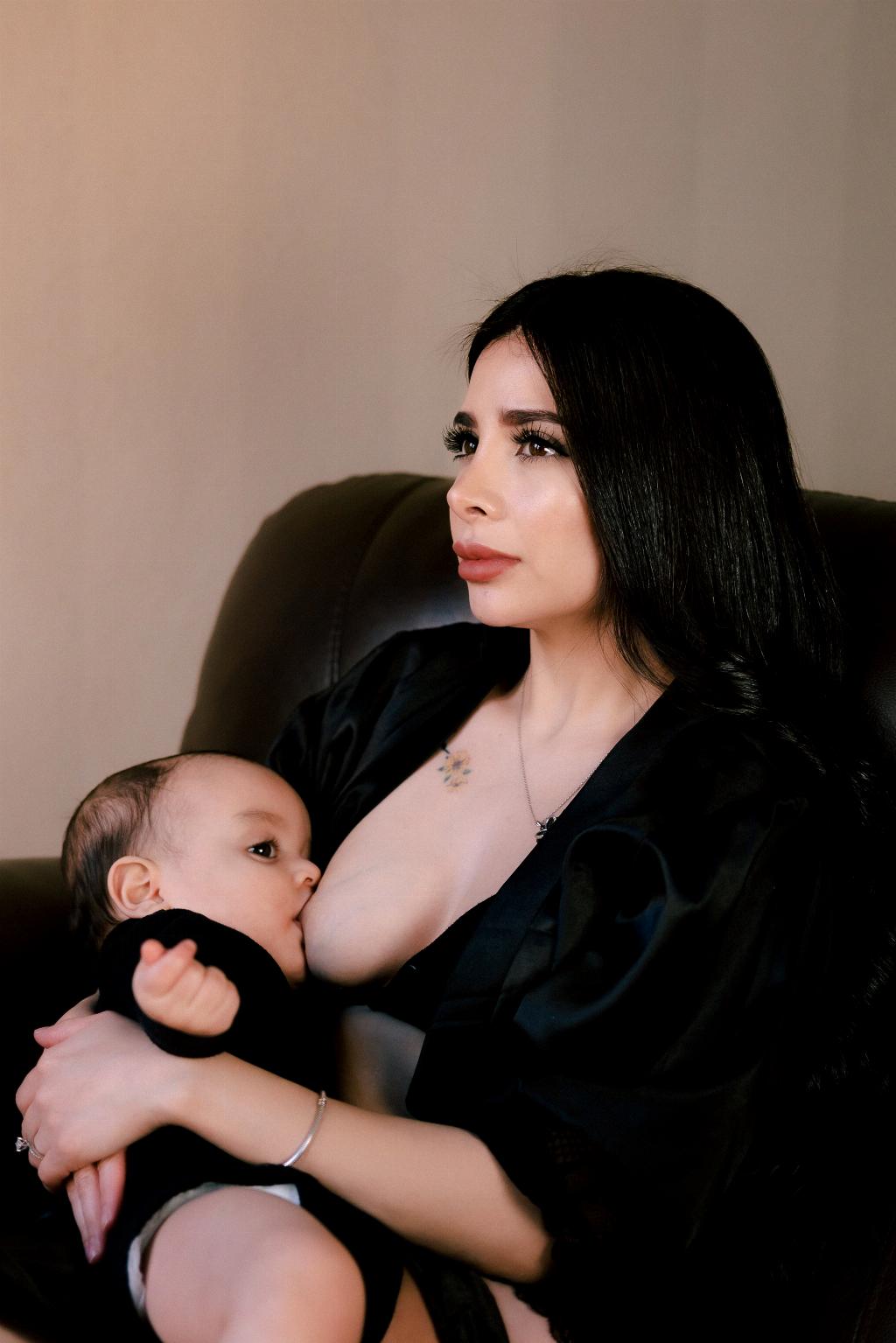When it comes to the intricate interplay between breastfeeding and ovulation, many mothers find themselves curious about the duration for which breastfeeding can act as a natural form of birth control. The link between breastfeeding and the suppression of ovulation is a fascinating subject that encompasses hormonal mechanisms and physiological responses within the female body.
Understanding the Connection between Breastfeeding and Ovulation
One of the key factors in understanding how breastfeeding suppresses ovulation lies in the act of suckling. Suckling triggers the release of two vital hormones – prolactin and oxytocin. These hormones play crucial roles in the lactation process and can also have an impact on the suppression of ovulation. The continuous stimulation of the nipple during breastfeeding sends signals to the brain, resulting in the release of prolactin, which inhibits the release of follicle-stimulating hormone (FSH) and luteinizing hormone (LH), which are essential for ovulation.
Factors Influencing the Suppression of Ovulation During Breastfeeding
The extent to which breastfeeding suppresses ovulation can vary among individuals and is influenced by several factors. The frequency and intensity of breastfeeding sessions, the duration of each session, the baby’s age, and the presence of supplementary feeding or pacifiers can all impact the suppression of ovulation during breastfeeding.
Duration of Ovulation Suppression through Breastfeeding
Generally, exclusive breastfeeding can serve as a form of natural birth control for the first six months after childbirth, known as the Lactational Amenorrhea Method (LAM). This method is effective as long as specific criteria are met, such as exclusive breastfeeding on demand, night feedings, and no more than a six-hour gap between feedings. However, the duration for which breastfeeding suppresses ovulation varies among individuals, with some experiencing anovulation for up to two years postpartum.
Signs Indicating the Return of Ovulation While Breastfeeding
Despite the suppression of ovulation during breastfeeding, some mothers may still experience the return of menstrual cycles and ovulation. Signs such as changes in cervical mucus, alterations in basal body temperature, and the resumption of menstrual bleeding can indicate the return of ovulation while breastfeeding.
Coping Strategies for Mothers Dealing with Ovulation During Breastfeeding
For mothers who wish to avoid conception during the postpartum period, it is essential to consider alternative methods of contraception once fertility begins to return. Discussing birth control options with a healthcare provider is crucial, as different methods can be recommended based on individual needs and preferences.
Impact of Breastfeeding on Fertility Postpartum
While breastfeeding can act as a natural form of birth control, it is not foolproof and should not be solely relied upon for contraception. Understanding the impact of breastfeeding on fertility postpartum can help mothers make informed decisions regarding family planning and contraception methods.
Conclusion: Managing Ovulation while Breastfeeding
In conclusion, breastfeeding can suppress ovulation for varying lengths of time, providing a natural form of birth control for many mothers. However, the return of ovulation while breastfeeding is a possibility, necessitating the consideration of alternative contraceptive methods when fertility resumes. By understanding the connection between breastfeeding and ovulation, mothers can navigate the postpartum period with greater awareness and make informed choices regarding their reproductive health.

